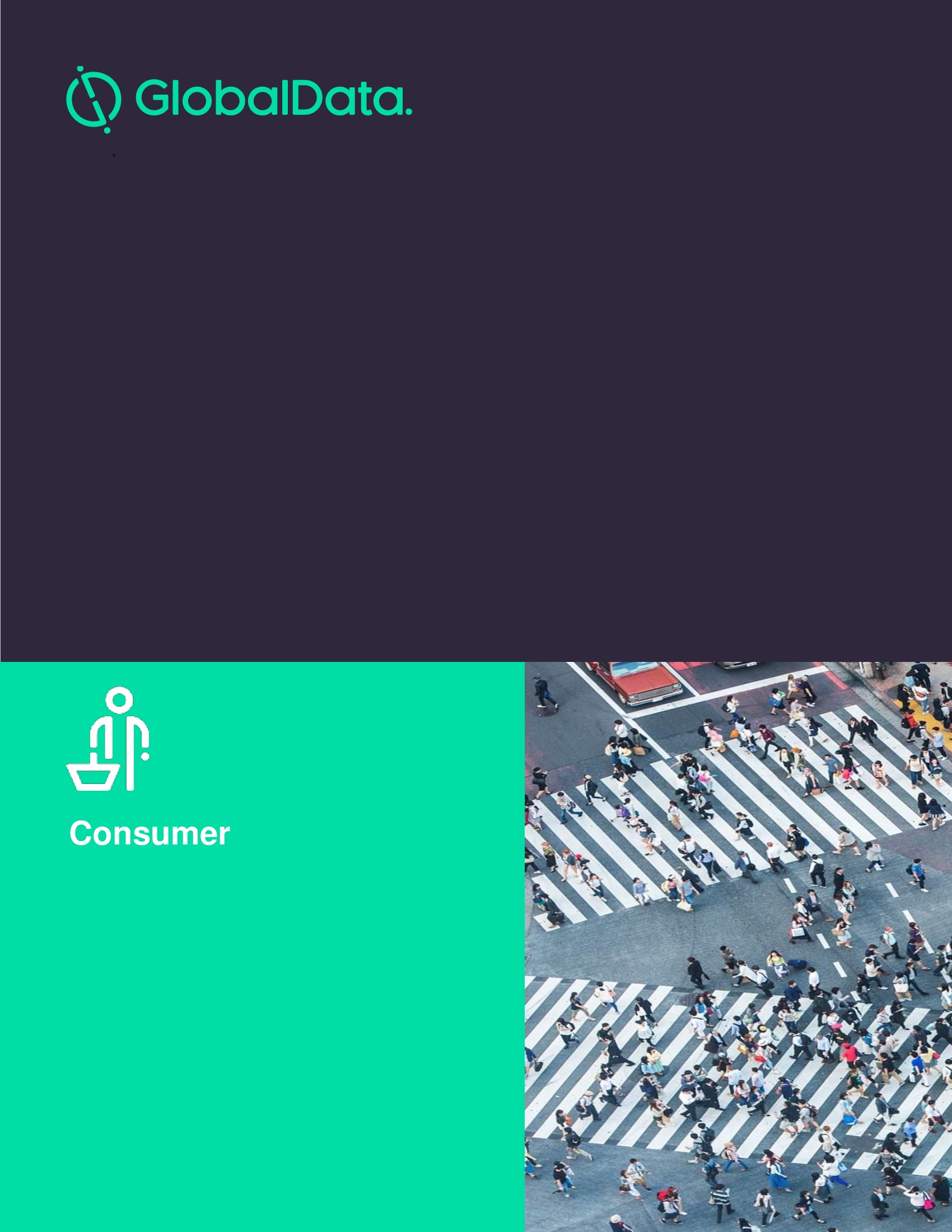More than Halloween: Maximizing consumer trends in candy
Sales are up across segments and expected to increase further.

courtesy of Pexels / Karolina Grabowska
By Brooke Hodierne – EVP, strategy consulting, Insite AI
While the Halloween season brings the most attention to the candy category, handing out fun-sized (or better yet full-sized) candies to trick-or-treaters, the category is also having a larger moment. Sales are up across segments and expected to increase further, driven by product innovations and new consumption trends.
In fact, a report from the National Confectioners Association (NCA) predicts candy sales will be near $55 billion by 2027—well above 2022’s $43 billion mark. The report noted that 2022 sales of chocolate increased by 9.1% compared to 2021. For the same period, non-chocolate sales increased by nearly 14%.
So what’s driving the interest in candy? Better yet, how do consumer brands optimize current trends and uncover new ones? The answer to both questions can be found by using predictive analytics and artificial intelligence (AI).
Boosting current trends in candy
Of course, Halloween is a big deal. The National Retail Federation (NRF) expects the season to generate more than $12 billion this year, with candy representing more than a fourth of those earnings.
An Advantage Solutions survey of Halloween shopping habits found nearly half of the respondents will spend $25 or less on Halloween candy this year, and more than a third cited price as their main purchase driver—the top ranking influence within the survey.
However, there are other trends driving the success of candy year-round. According to the NCA report, 74% of consumers surveyed believe candy is an affordable treat and 86% of respondents feel candy is a responsible way to treat themselves.
No doubt, inflation, and tight economic times have impacted how consumers spend their money, and candy is seeing a surge. At the same time, consumers who are looking to live healthier lives are seeing candy as a guilt-free way to indulge through controlled portions and trying better-for-you versions of candy.
Both trends are great examples of sales reporting that highlight consumer sentiment. But how do you prove out those trends? Brands that leverage AI models and predictive analytics can ingest sales data, macroeconomic data, social listening, and a wealth of other data streams into the AI platforms. In return, in real time, brands get insights into how candy products are performing now and how they’ll perform in the months ahead.
AI can bring sophistication to the candy category that is reaching new heights. Two quick ways candy brands can leverage AI to maximize current trends include:
- Pricing and Promotions. A premium chocolate brand can use AI to run pricing scenarios and test various promotions to how shoppers will respond to certain price points. Targeting shoppers looking for budget-conscious indulgence, the AI-powered analytics can recommend the most effective price points to grow a brand and convert a consumer. The AI can also suggest promotions that will generate the most trial for the brand. These insights can be run at a granular level down to each individual store to maximize the trend on pricing.
- Assortment Optimization. Seeking insights on how a sugar-free chocolate rollout might fare, a brand can run AI-powered scenarios at store and regional levels to see how it would perform within specific retailer assortments. The AI can recommend where the candy may sell better, suggest what products the new item may infringe upon and highlight where sales could potentially be cannibalized. It’s getting smarter to effectively take advantage of new trends. The same logic can be applied to model the impacts of innovation within a brand.
Predicting future trends in candy
AI-powered data insights can also help candy brands identify new trends through predictive market analytics. Candy brands input category and subcategory data into the models, looking at specific product attributes, and layer in geographies and consumer segments to see what new product trends could be on the horizon.
Looking at the NCA report, where non-chocolate candies are growing faster than chocolate, brands can dig deep into the category. They can look at gummies, hard candies, and sour flavors, and get incredibly granular to see how consumers would react to certain sweets.
In candy, novelty products and nostalgia candies are growing among consumers. Novelty candies bring fun and interest to the category, adding excitement to the aisle. Nostalgic candies are also appealing to older consumers looking back at candy brands in original packaging designs that remind them of their childhood.
AI can see how unique items like these candy trends might play out regionally and within specific assortments. The technology helps brands predict the growth of the trend to see how long it will last.
Building a rising category
The candy category is a crowded one. From the impulse section at checkout to robust and ever-growing candy aisles, brands can leverage AI to refine pricing strategies, test promotions, and optimize product assortments.
With predictive analytics and artificial intelligence, candy brands can make more informed decisions, maximize their presence in stores, and collaborate with retailers to foster continued growth in the candy category beyond Halloween.
Brooke Hodierne serves as EVP of strategy consulting for Insite AI. She previously worked at 7-Eleven as SVP of merchandising for the leading c-store. Before joining 7-Eleven, she held multiple positions at Giant Eagle, notably as VP of own brands.
Looking for a reprint of this article?
From high-res PDFs to custom plaques, order your copy today!






